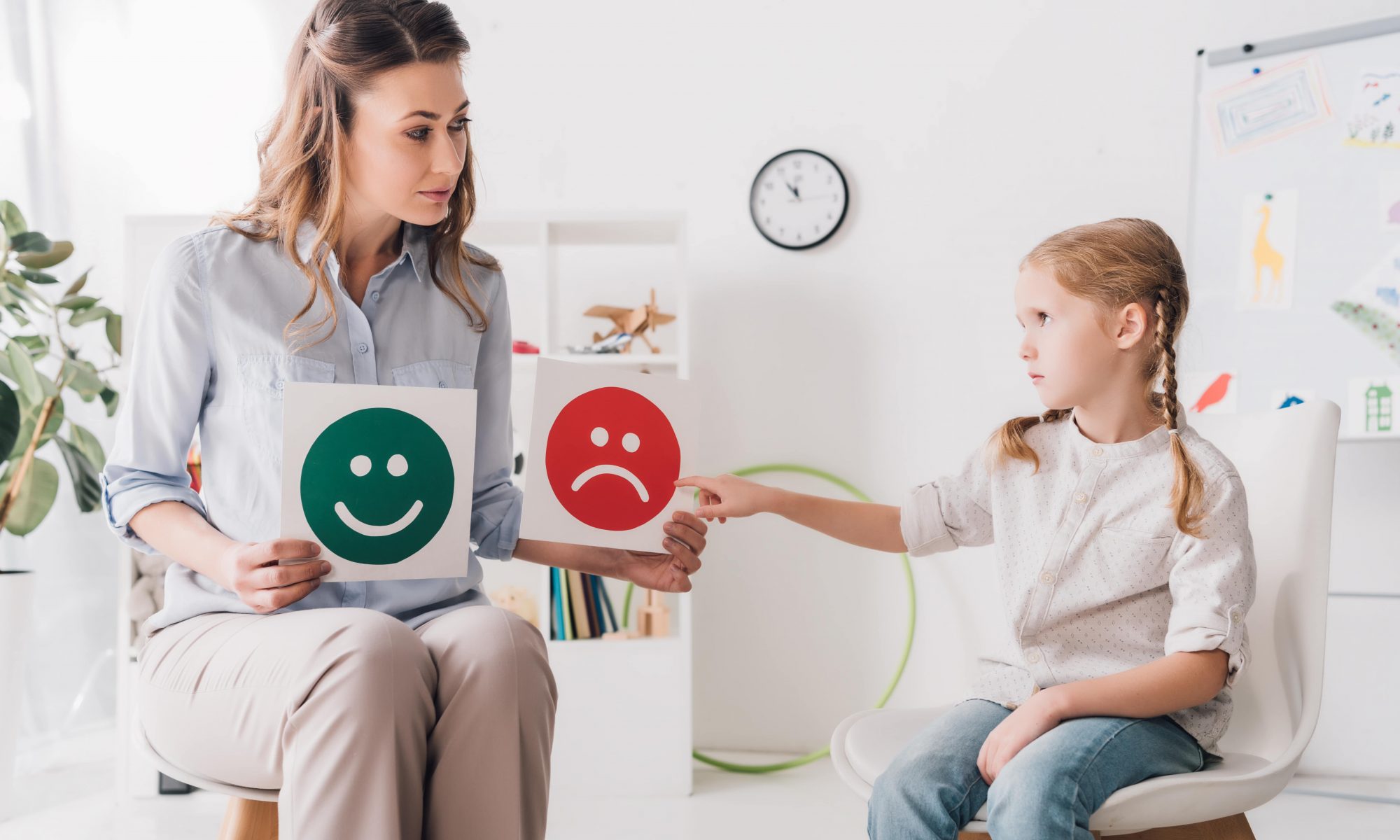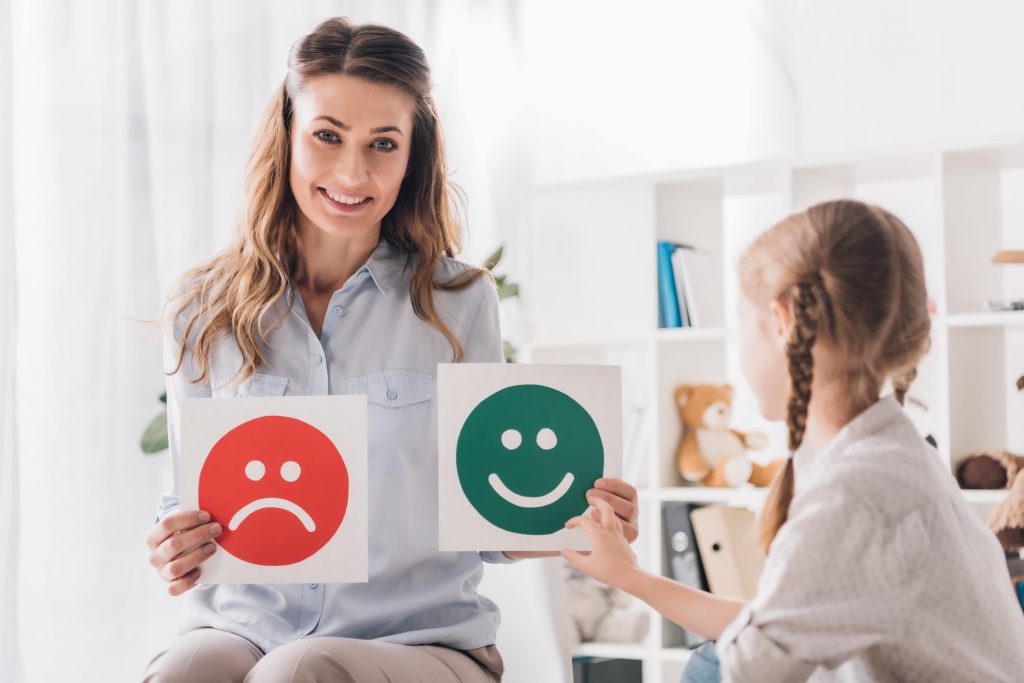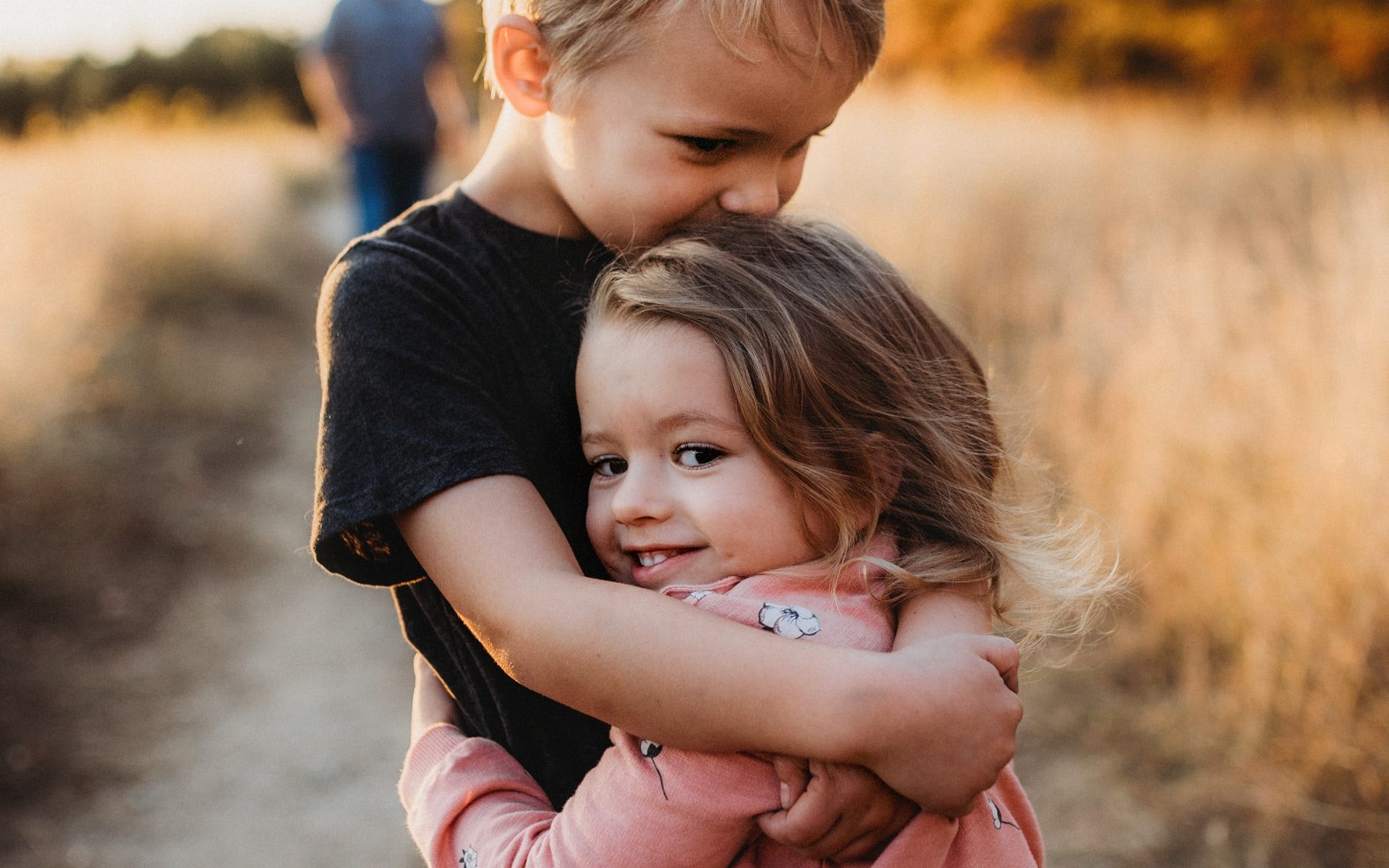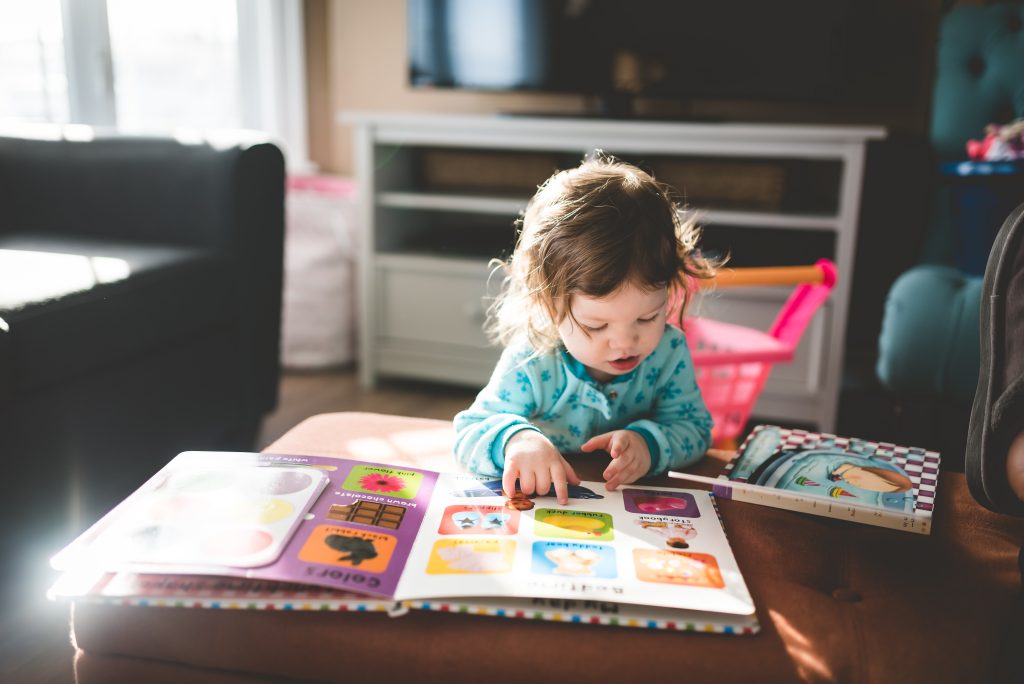
Encourage ‘Practice Makes Perfect’
It can be easy for a child to feel discouraged if they do not understand or get the hang of something on their first try, it can lead to them wishing to give up and not continue the task. You should always encourage your child to practice and make it clear to them that not understanding something the first time is completely OK! Kids need extra encouragement at times, and it is important they receive this.
Find Their Own Learning Style
Everyone has different ways of learning, including adults. Some may learn by writing something down over and over again, others may learn visually through images and examples. It is important to find the style that works for your child to encourage their learning ability. This will make learning tasks like homework a more smooth-sailing process.
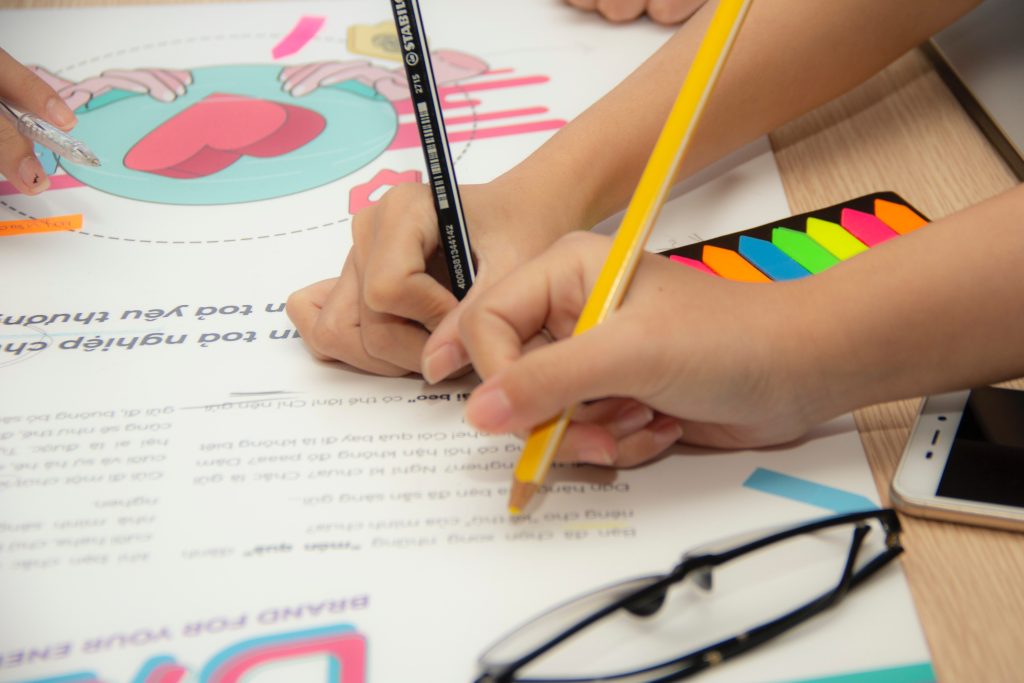
Encourage Them To Step Out Of The Comfort Zone
Not every child is extremely outgoing, and some may be shy in social situations and do not have a great desire to try new things. This is common and can be turned around if encouraged at a young age. As a parent or guardian, you should ensure you are allowing and pushing your child out of their comfort zone and to try activities that will benefit their learning and social skills. This will have a knock-on effect to their later lives.
Do Not Compare
Try not to compare your child to others when it comes to academic abilities. Every child is completely different and will not learn the same way, it is important to praise your child for their own achievements and strategies. Do not compare them to their friends in their class if they perhaps score lower than them on a test.
Talk To Them In the Right Language
Use language that celebrates their achievements, milestones, and progresses. if you speak to your child using positive, clear, and kind language, this will encourage them to talk to others the same way. They will also begin to see themselves in the same light and that will build self-confidence and self-love.
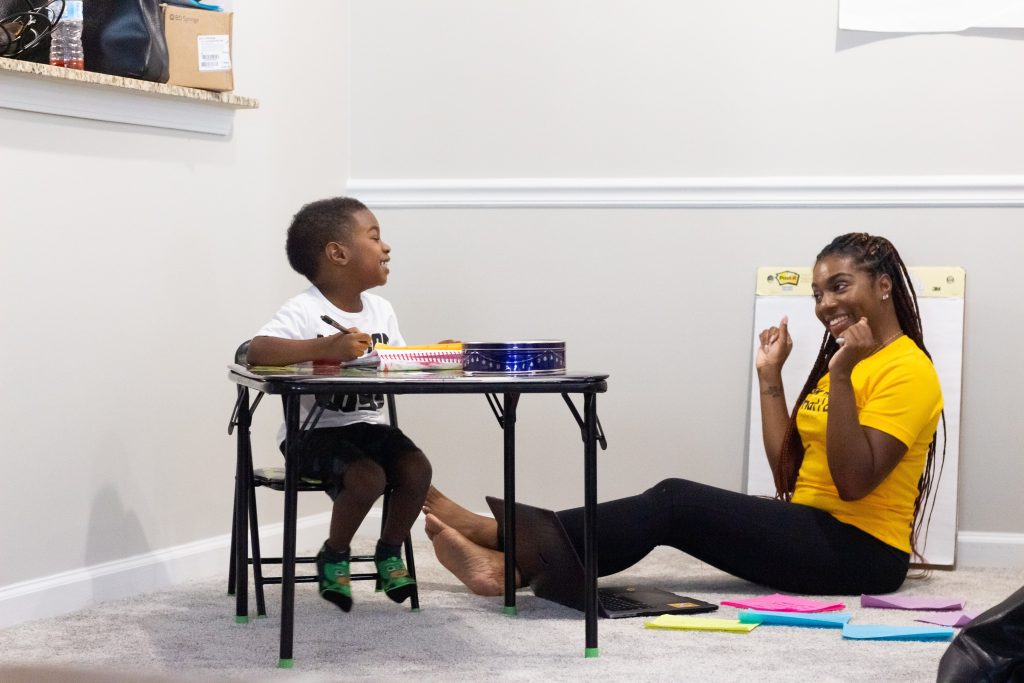

Olivia specializes in children’s activities, storytelling, and practical parenting tips to support kids’ growth and happiness.



